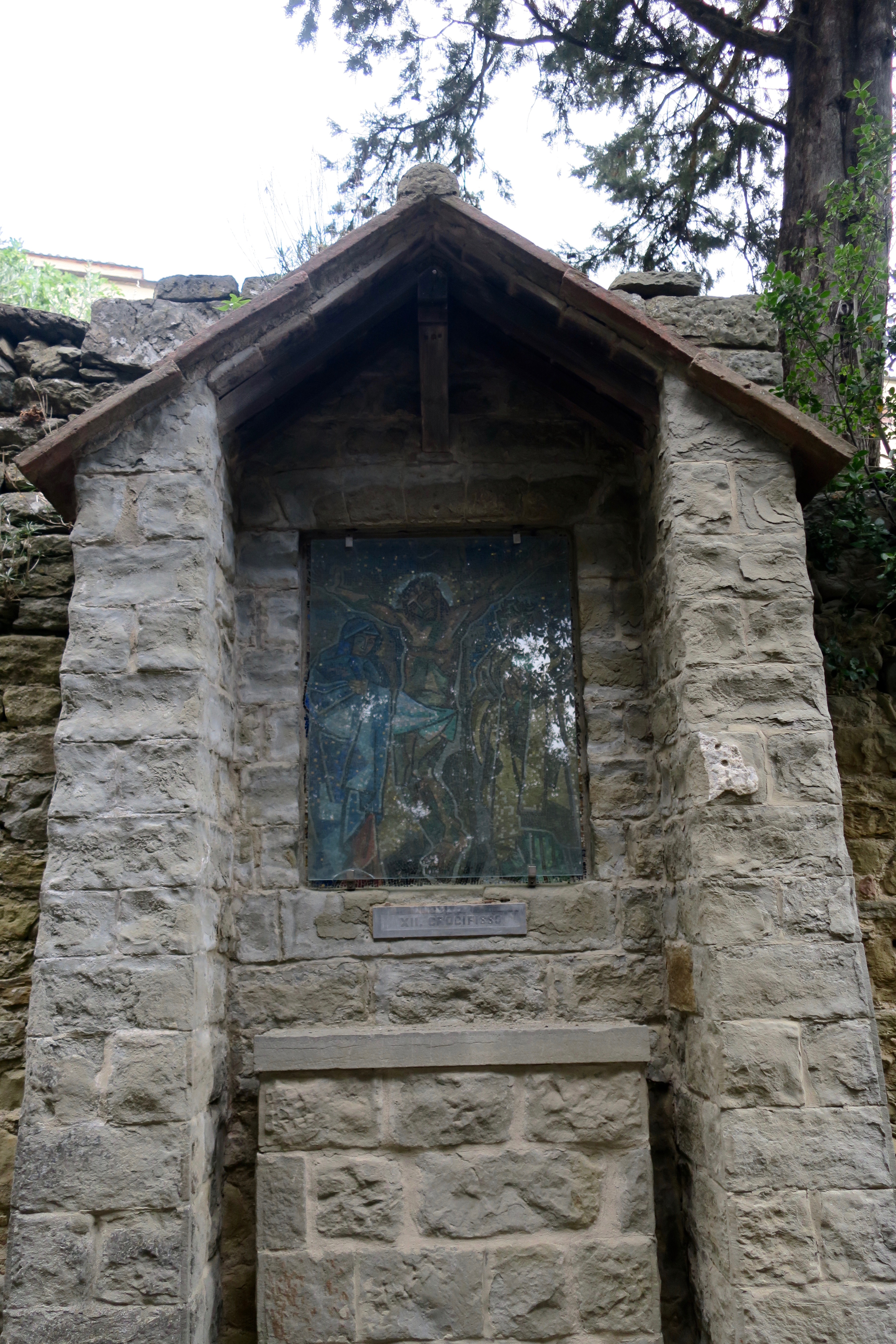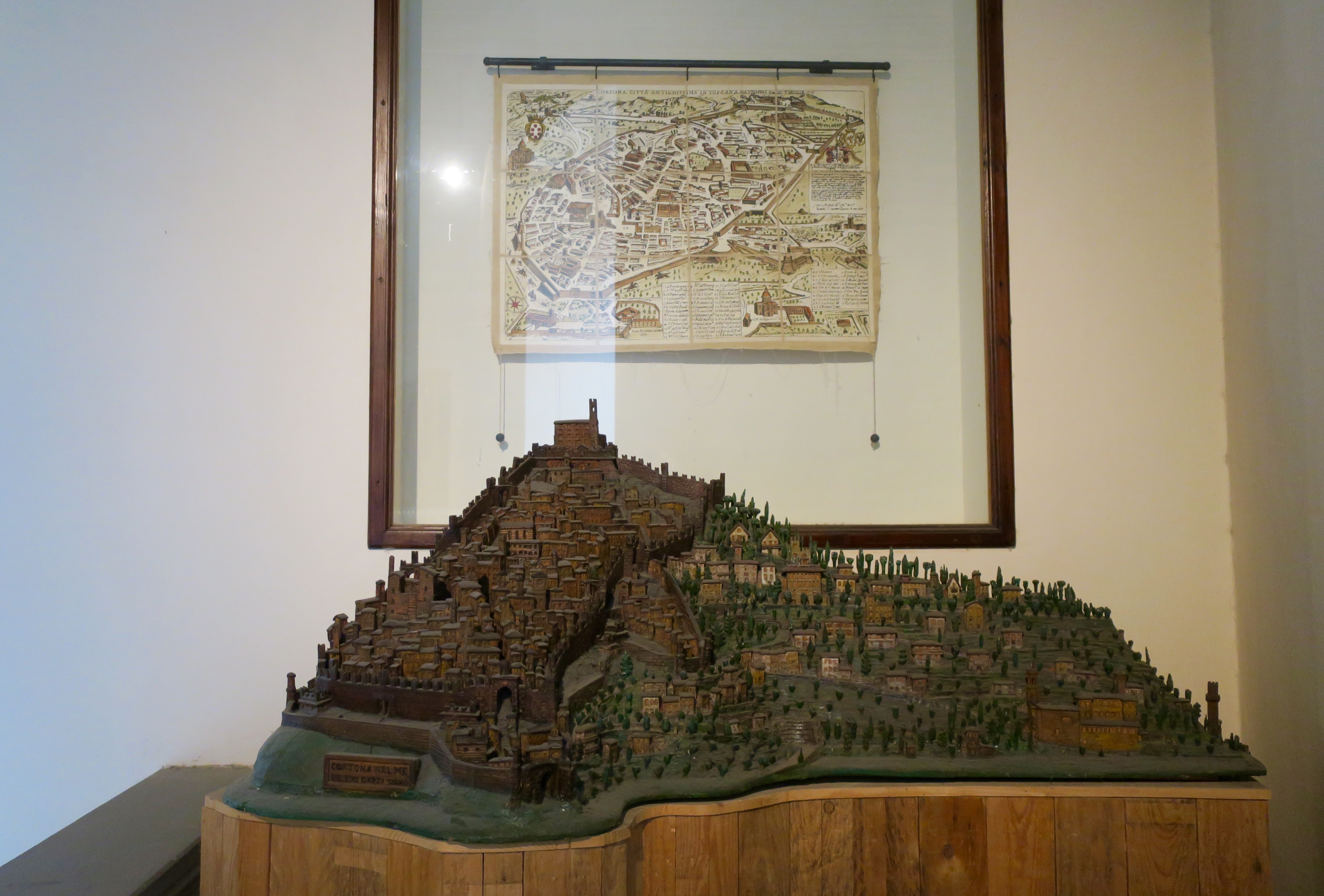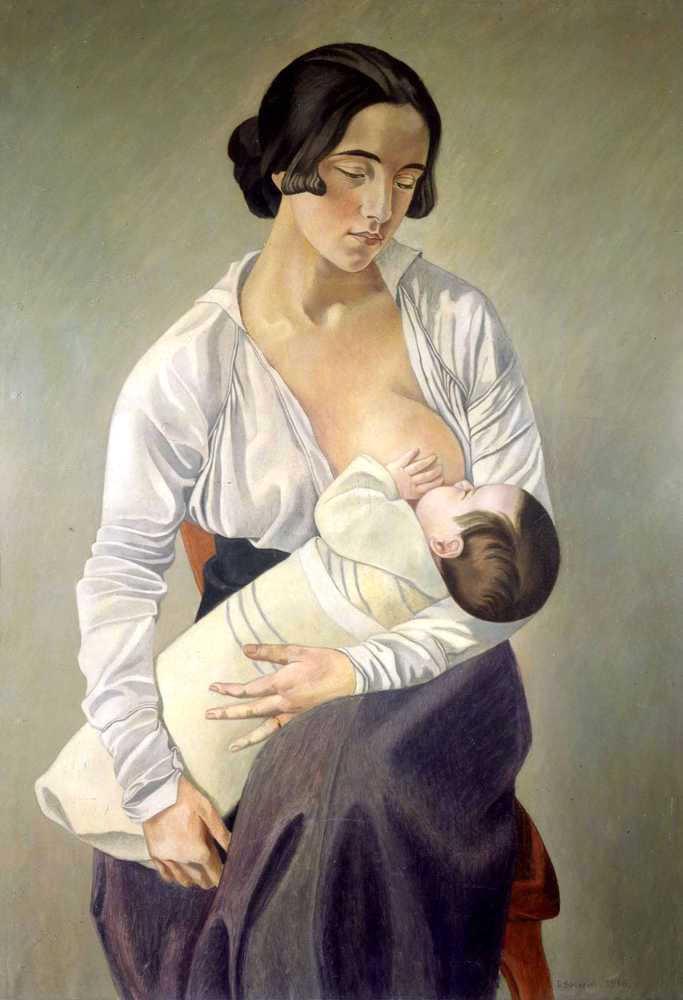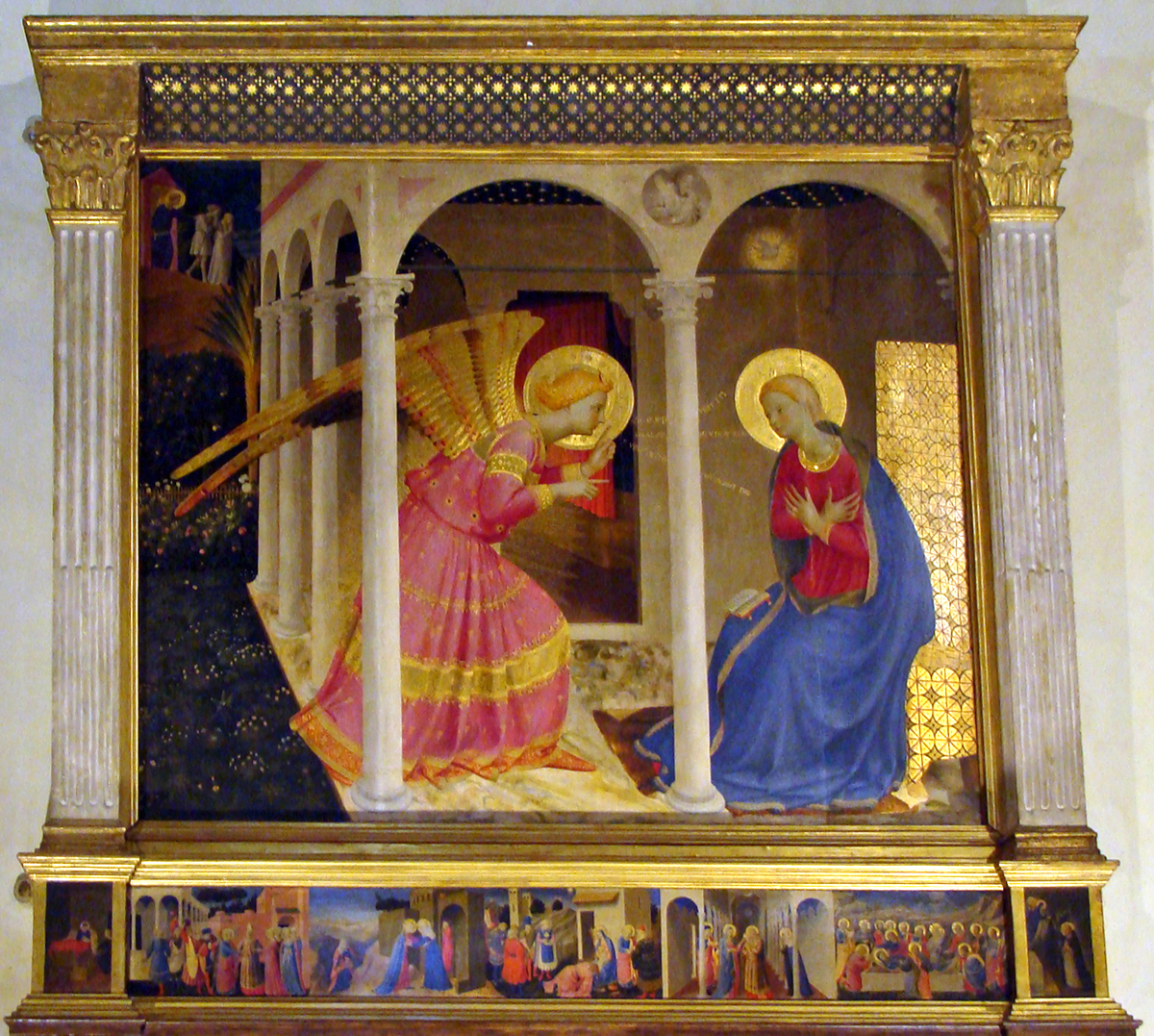Cortona is a charming, peaceful town and one of the most delightful places to visit in all Tuscany.
It stands on a steep hillside overlooking the wide fertile plain of the Val di Chiana.
A map of the Valdichiana: Leonardo da Vinci
We could see Cortona from the roof of the house where we were staying in Montefollonico. In Leonardo’s time it seems like the land between was a flood plain. Today it’s a 45 minute drive.
This is the view looking back from the car park. Somewhere out there was the little hilltop village we set out from. Above us Cortona was just a short ascent by escalator. We arrived at Piazza Garibaldi.
The hillside immediately below has recently been planted with attractive gardens and pretty hedged walks beside the escalators which ascend from a useful car park. Via Nazionale is popularly known as Rugapiana (‘flat street’) because it is the main and only level street of the town.
Perhaps riding the escalator seemed like cheating, maybe that’s why we avoided the main street and chose the steep route alongside the city walls, the Via Santa Margherita looked like it was going somewhere. It was going up and the photo above was the view back down.
This was the view going up.
All along the way there were little covered shrines with mosaics of the Stations of the Cross. At the start of the climb we’d passed a church, the Chiesa San Marco with a large mosaic above the door by Gino Severini and I guessed these shrines must contain examples of his work too.
At the top of the long climb we arrived at the Basilica di Santa Margherita.
There were fine views and curious vegetation and a nice descent back into town.
A wayside shrine.
The Piazza Luca Signorelli and the MAEC, Museo dell’Accademia Etrusca e della Città di Cortona.
From this model we could follow our route to the top of the town and back down again.
The Madonna of the Phillips screw.
Maternità: Gino Severini
Severini was born in Cortona in 1883.
In 1910 he was a co-signatory of the Manifesto of the Futurist Movement.
A plaster cast of the Etruscan bronze lampadario of Cortona.
The original hangs from the ceiling and can be seen more easily in the mirror beneath it.
The most curious artefact here is a rare lamp, really a chandelier, which once provided an Etruscan interior with the most sumptuous form of illumination. It is hung so that the decoration on the underside can be seen, with its intricate allegorical carvings between the 16 little oil lamps, surrounding a gorgon’s head. This is a unique work probably dating from the late 4th century BC.
A pietra dura parrot on an olive branch.
San Cristoforo
The MAEC bookshop was where I found Trees by Irene Kung.
…Via Jannelli, where a row of four little houses are a unique survival from the Middle Ages: built in stone on the ground floors, their protruding brick upper stories are supported on wooden ‘sporti’.
If we’d known better we would’ve visited the Museo Diocesano at the top of Via Jannelli.
Sadly we missed it and the opportunity to see the beautiful Annunciation by Fra’ Angelico.
This photo is courtesy of Phillip Capper via The Frame Blog.
We wandered through the antique shops on Via Nazionale.
The street ends at the central Piazza della Republica. This is one of the most idiosyncratic ‘piazze’ in Tuscany, with a totally irregular shape where no less than nine streets meet, and it has a miscellany of arches, balconies, flights of steps and loggias.
The storm clouds that had been gathering all afternoon finally reached breaking point and the sky suddenly burst directly above us. We ran for cover to the loggia overlooking the piazza.
I doodled whilst we waited for the storm to pass. I improvised and took liberties and wished I could draw like Ben Nicholson. We share a birthday so why not? I just needed more practice that’s all. Trying to realise an ideal drawing. Later I read in John Berger’s last book, Confabulations –
My father gave me my first moped. When I was eighteen I asked him to pose for me and I painted his portrait. When he was a kid he wanted to be a painter but was not allowed to be. But he kept as a souvenir a painting he had made on a metal plate, a painting of some dahlias, and for me, as a kid, this painted plate was a kind of talisman.
It reminded me of a drawing by my father on the back of a wooden tea tray. It was of a ship in full sail. I don’t remember him making it, it was always there on the back of the tea tray, the first drawing I ever saw. When I asked him about it recently he said he was trying to recall a painting on glass by his father, who had been a sign-writer. It was of the Cutty Sark but the glass had broken. That tea tray is also long gone now but its memory remains as a talisman, an ideal drawing.
As the rain subsided we made our damp way back down to the car park.










































Now I really cannot wait to fly to Florence on 1 August Chris. Then on to Lake Garda and the beautiful garden on the island in the middle of the lake, sketchbook in hand.